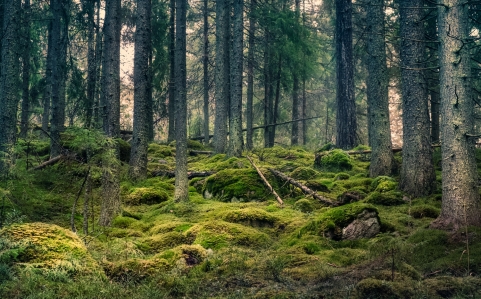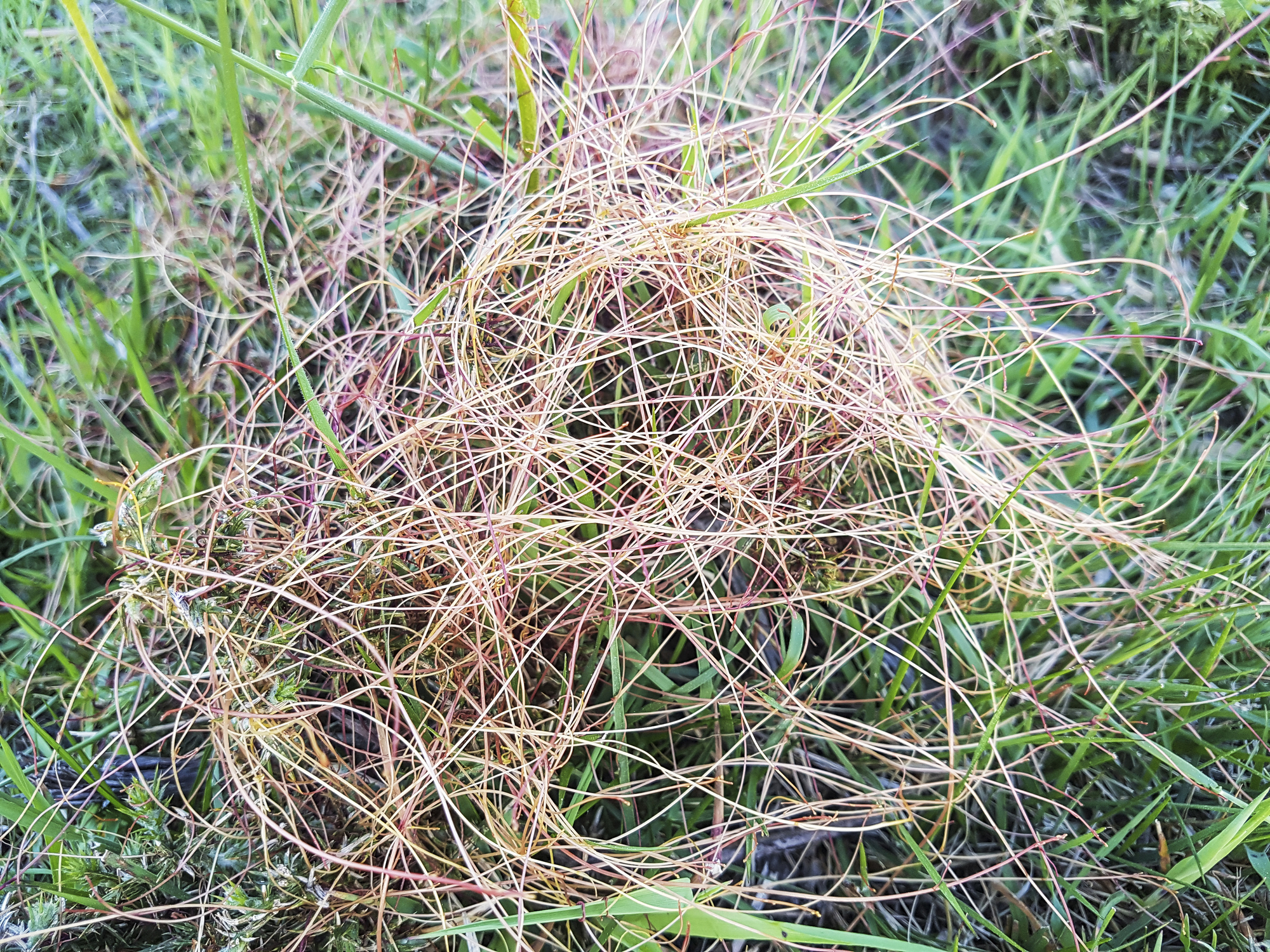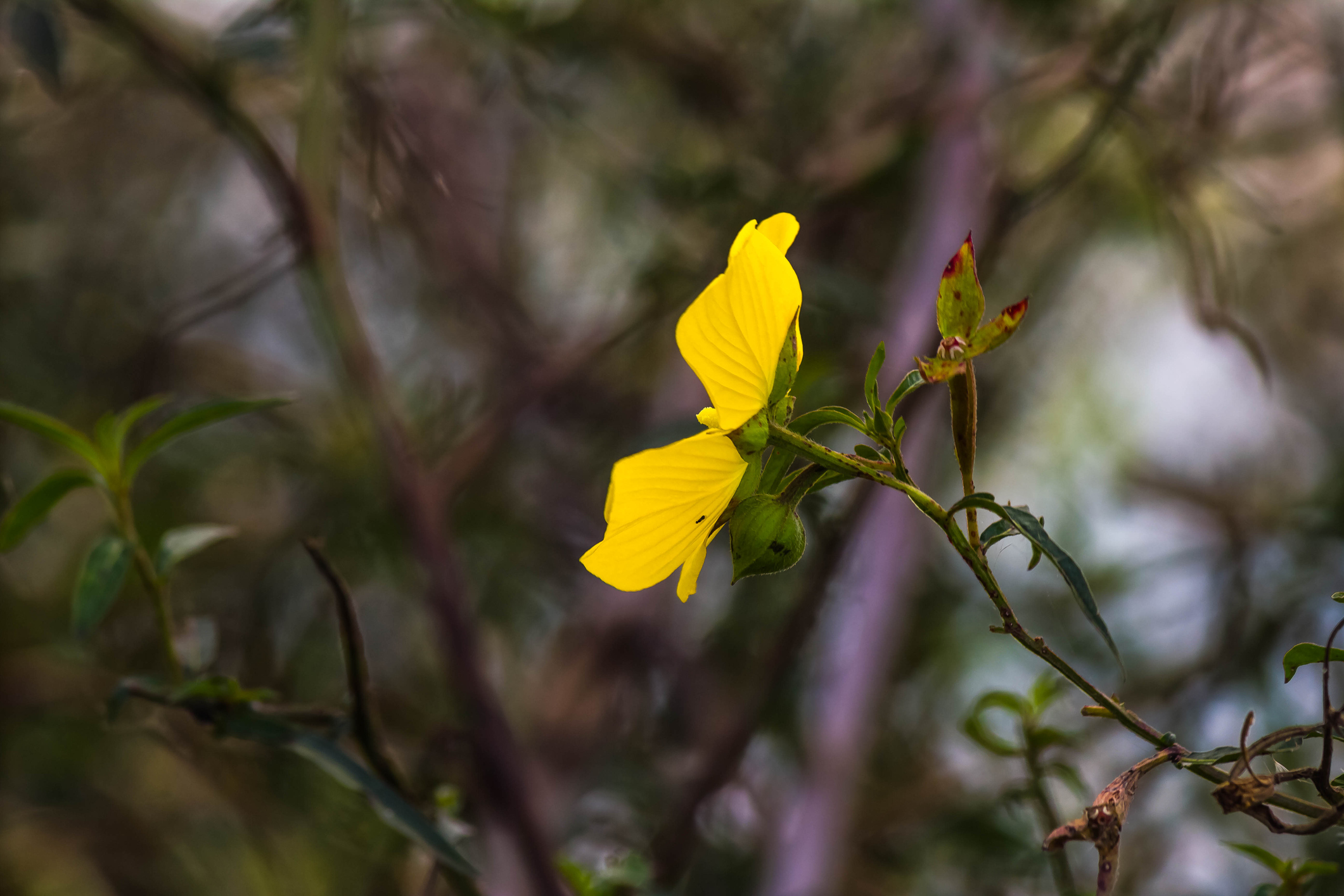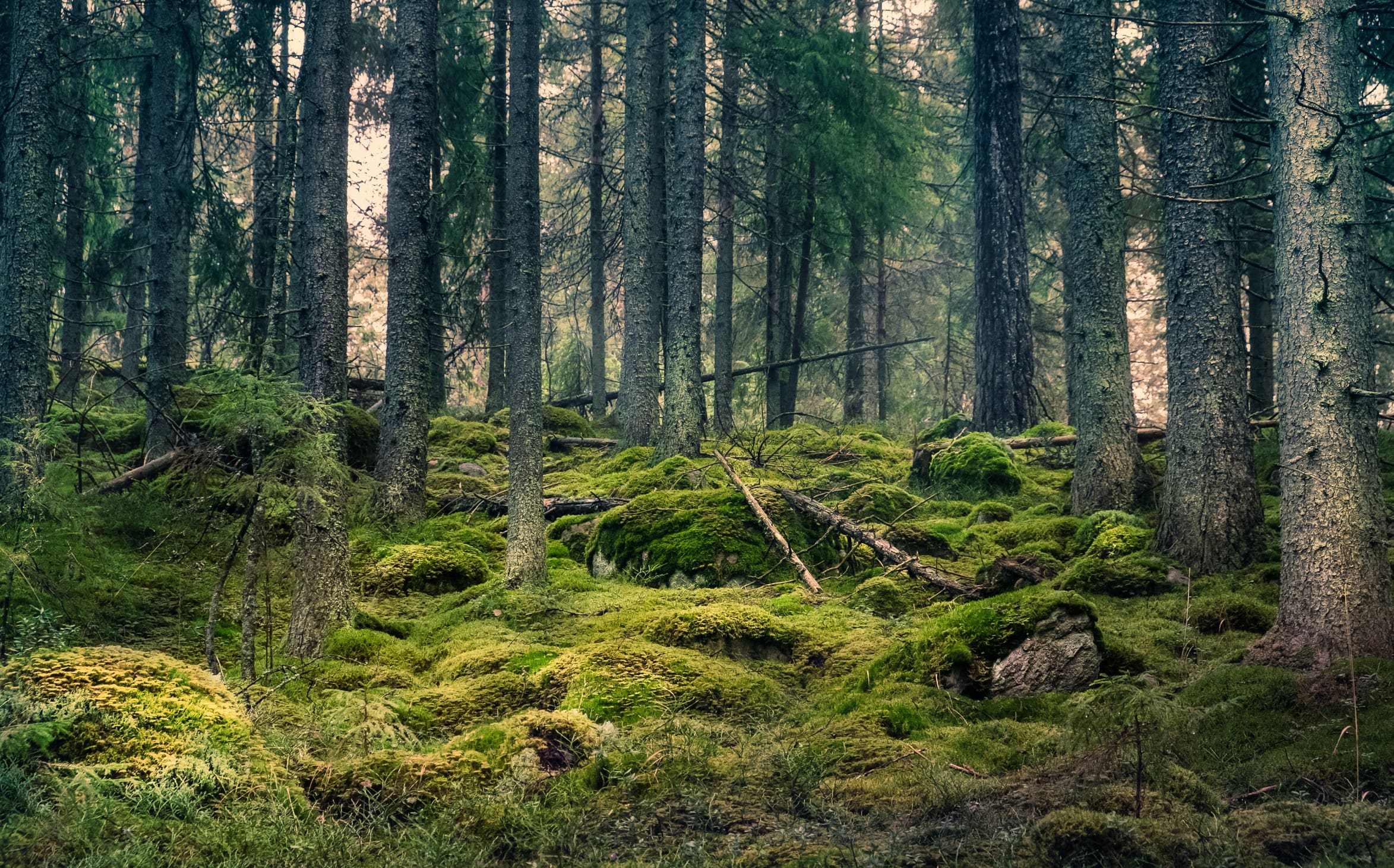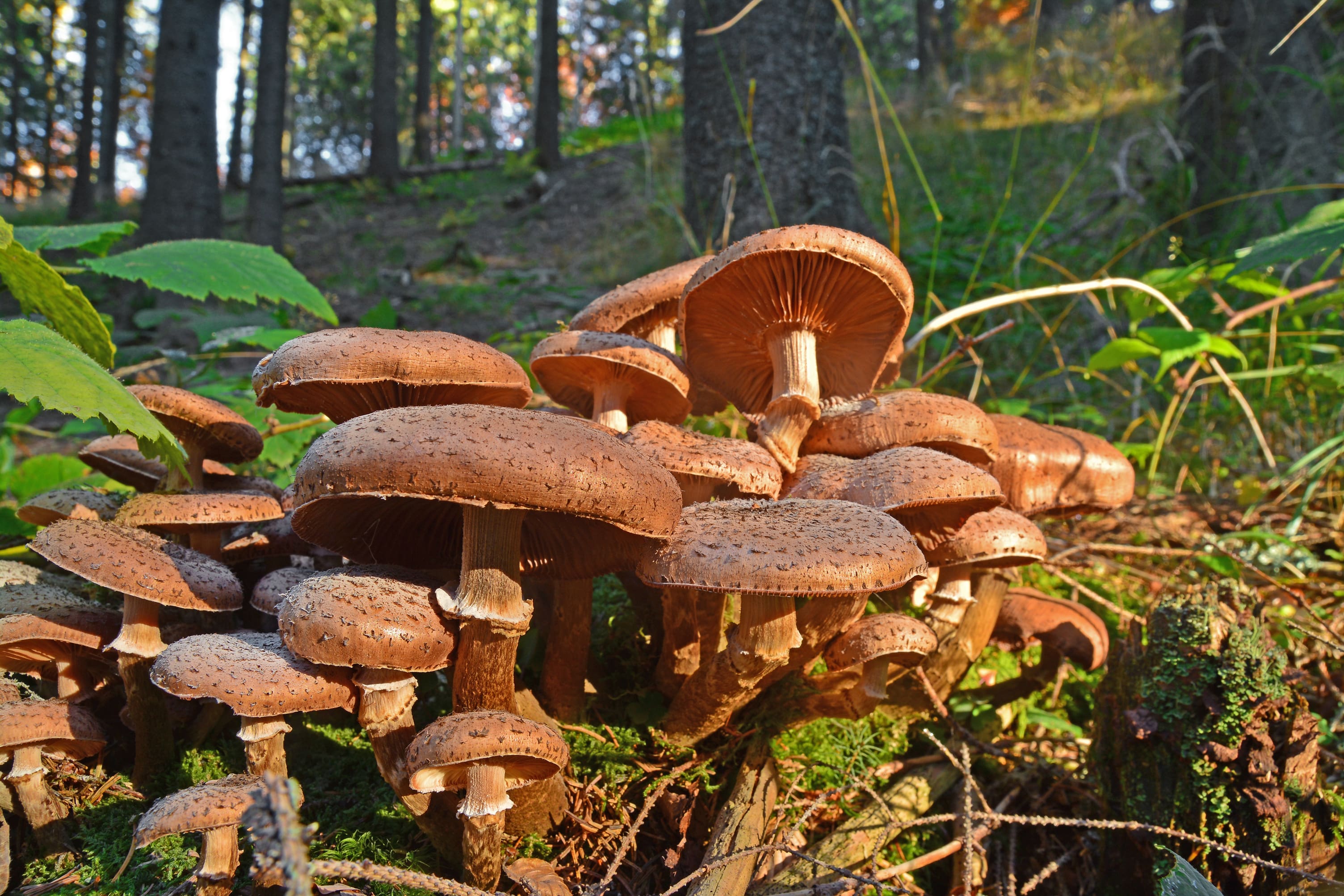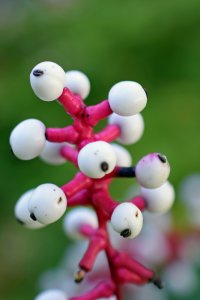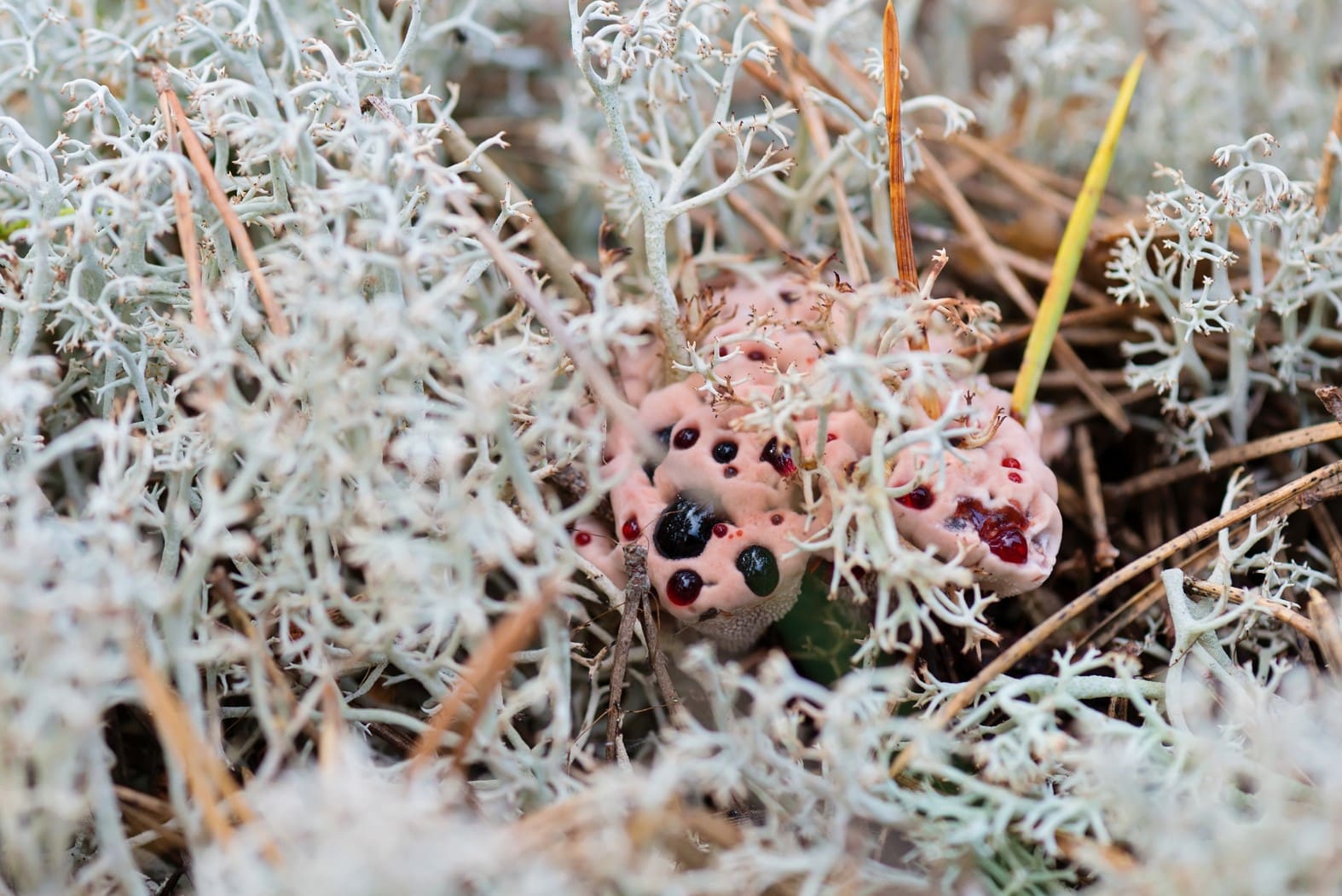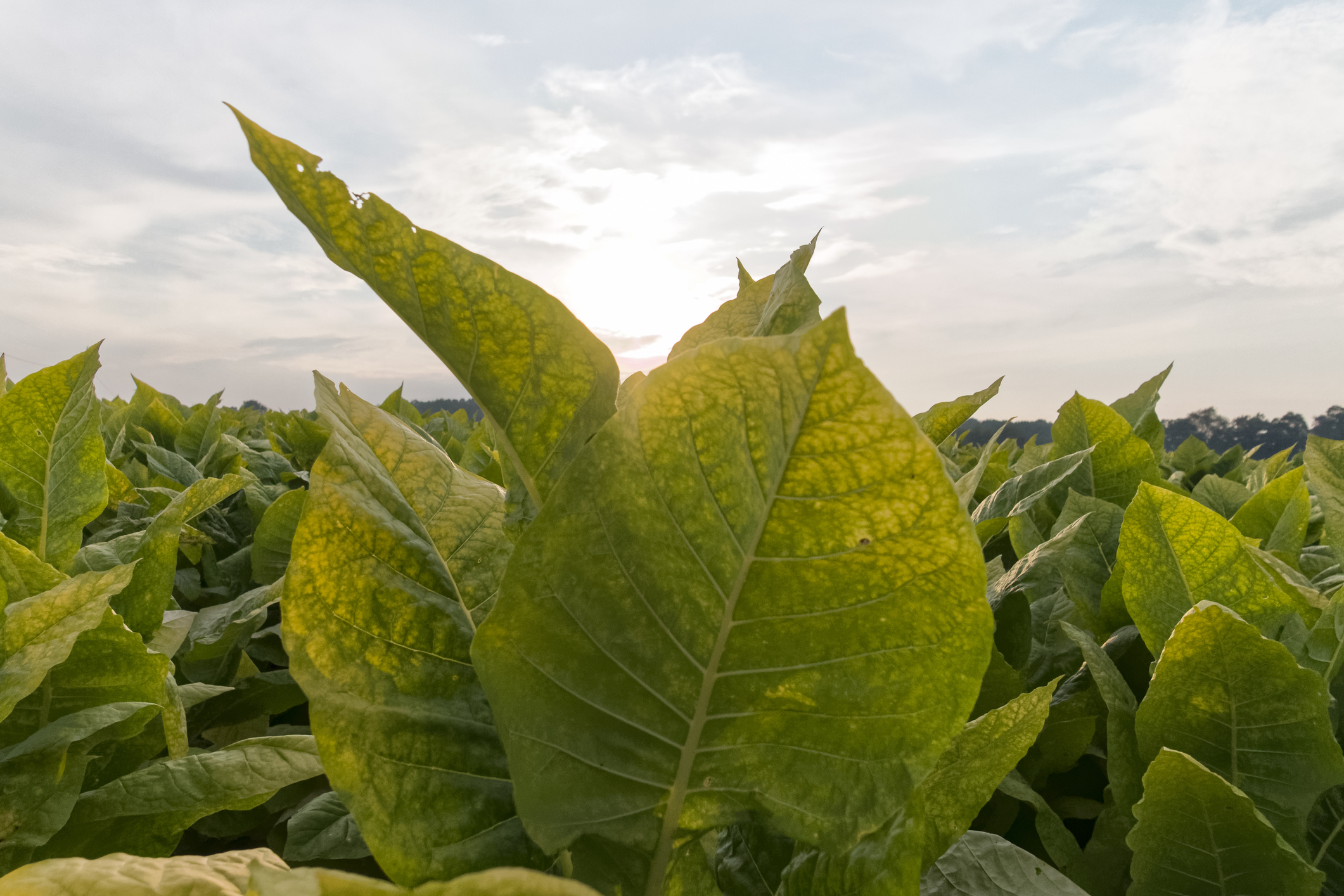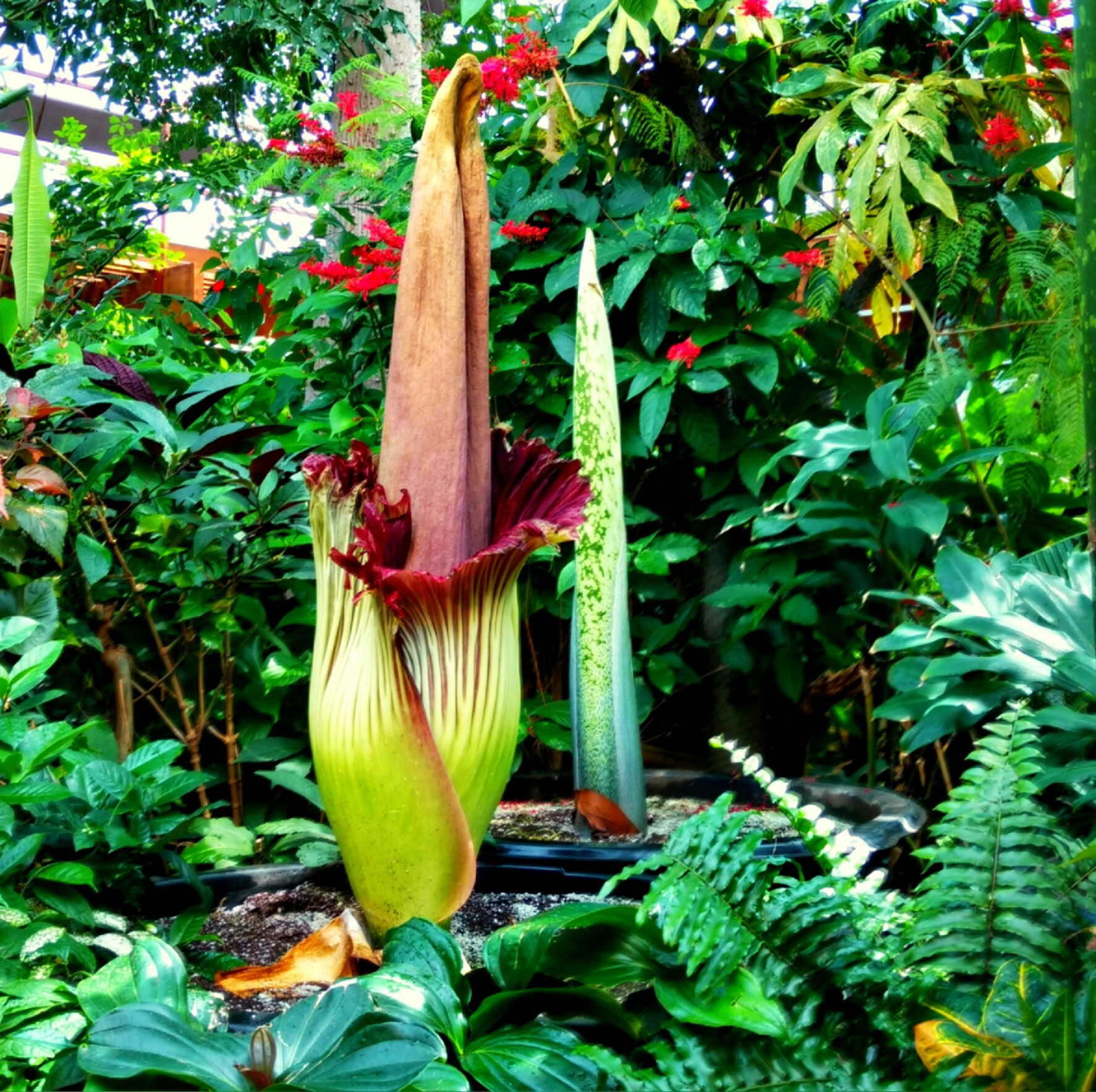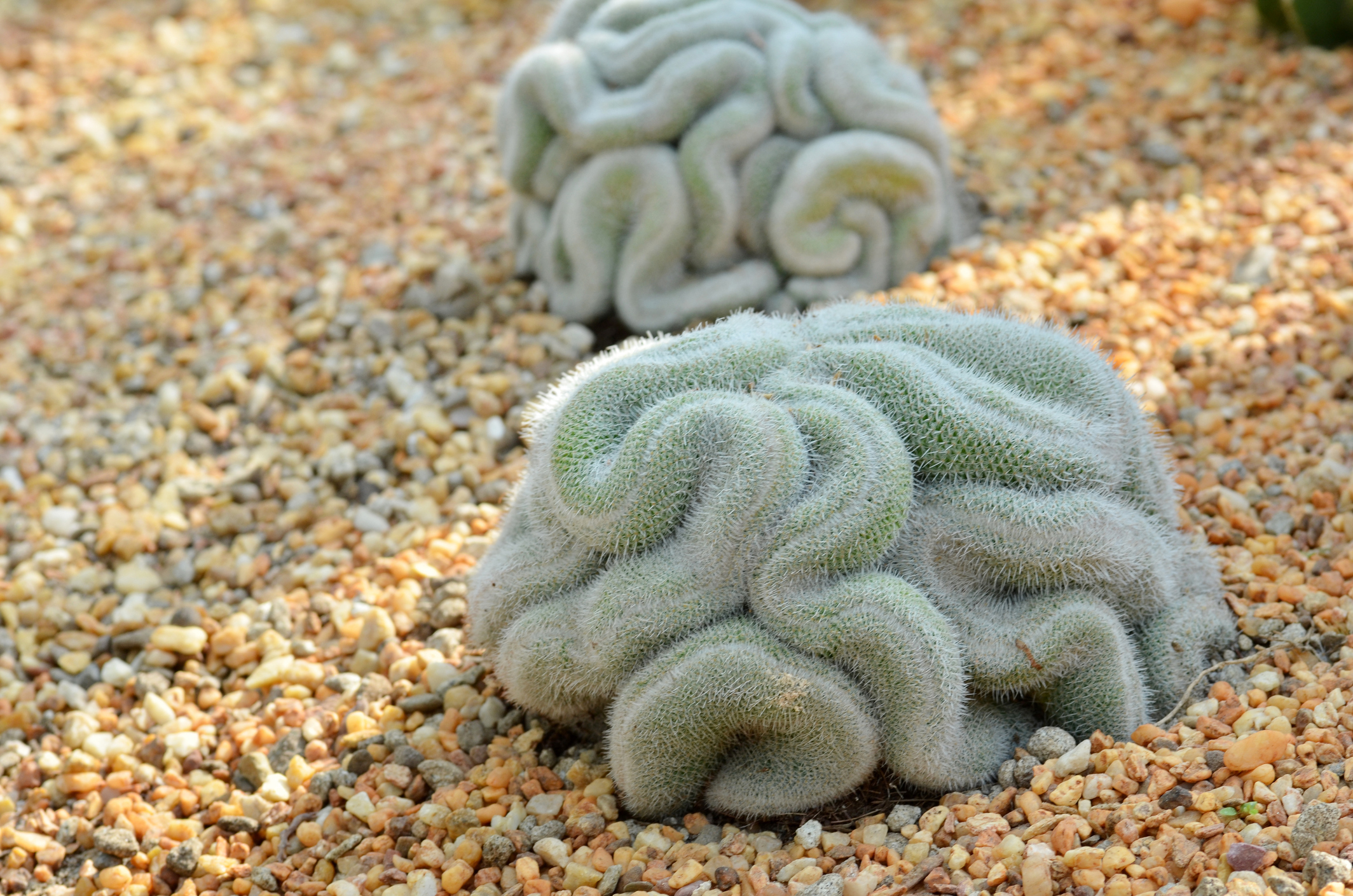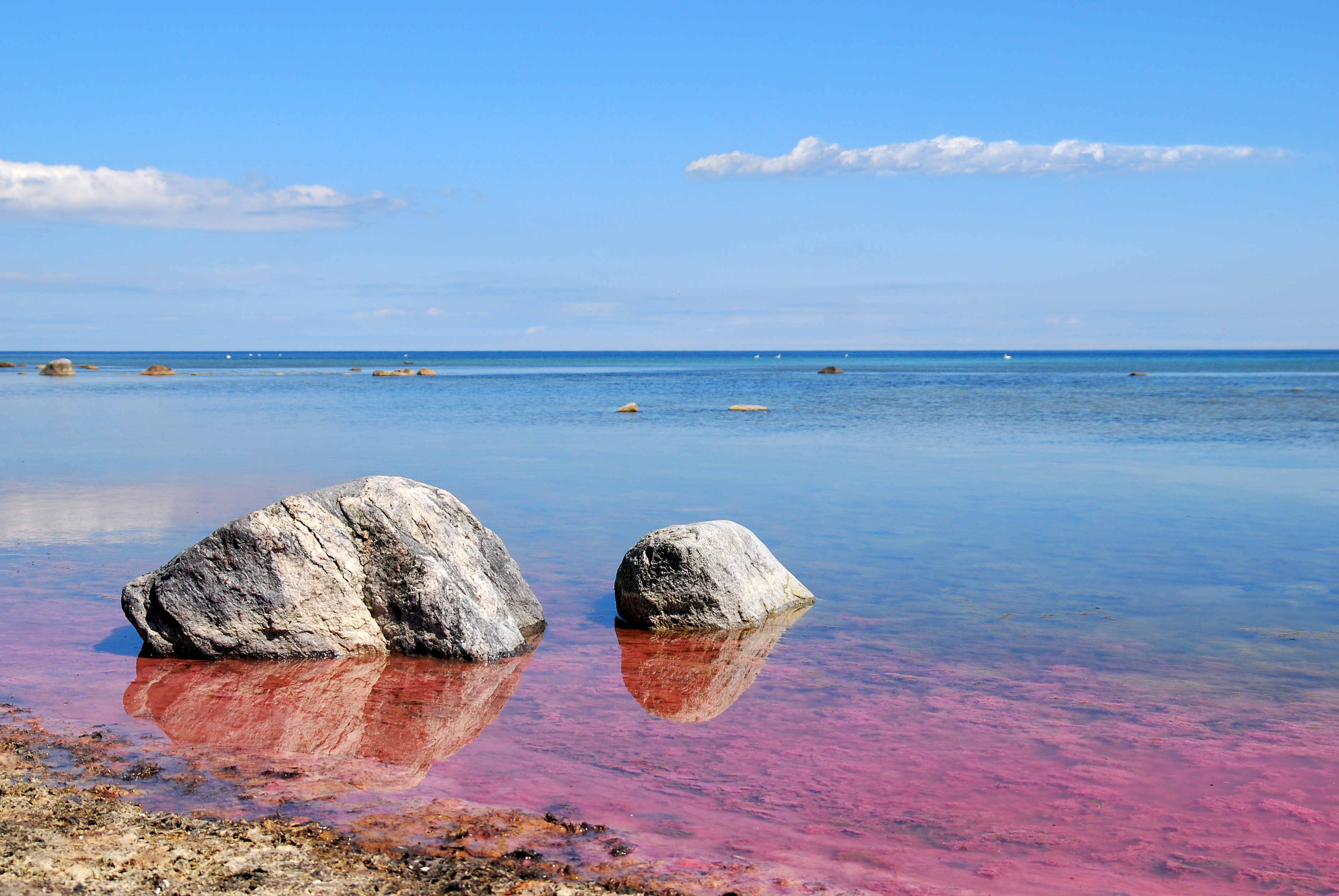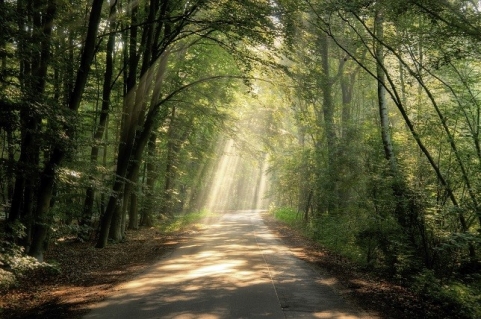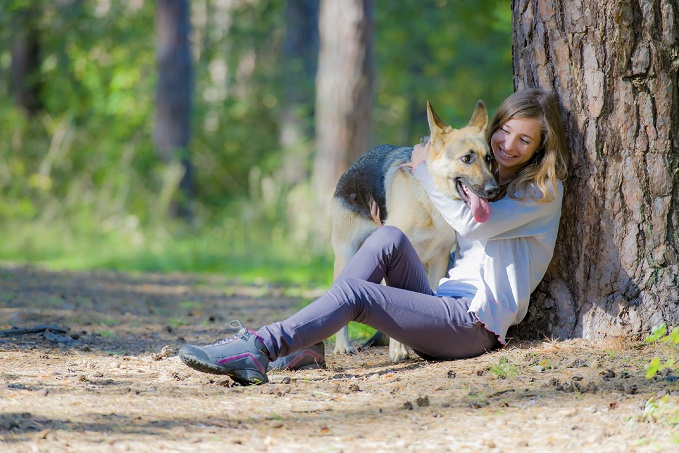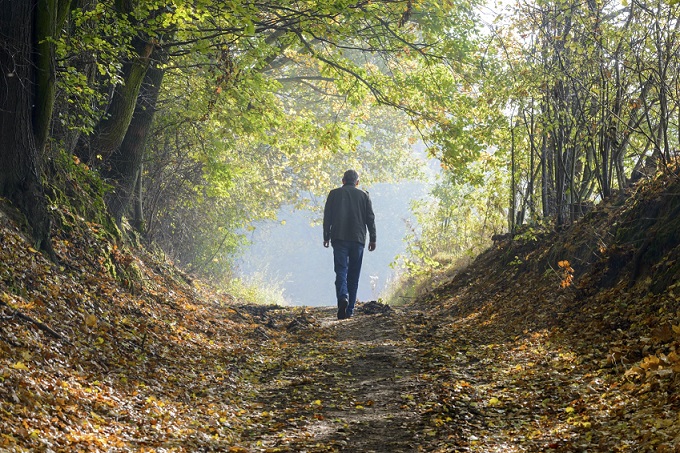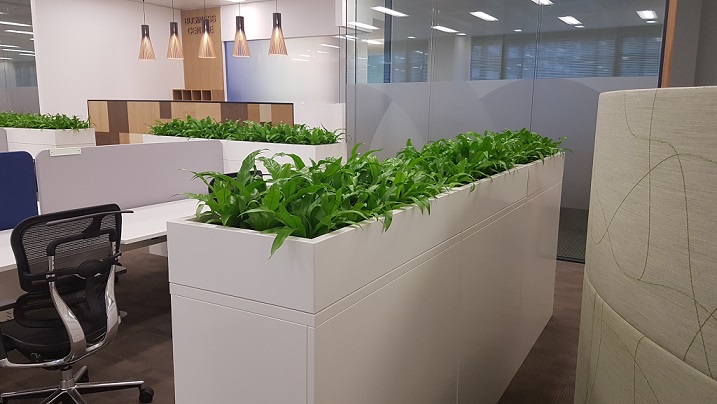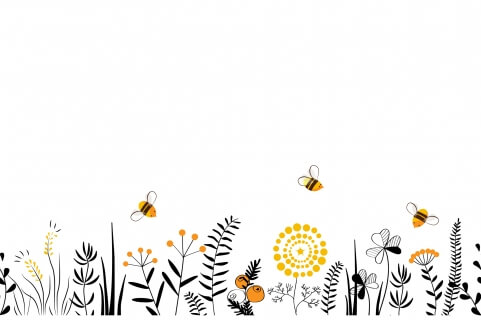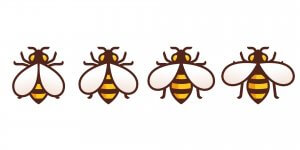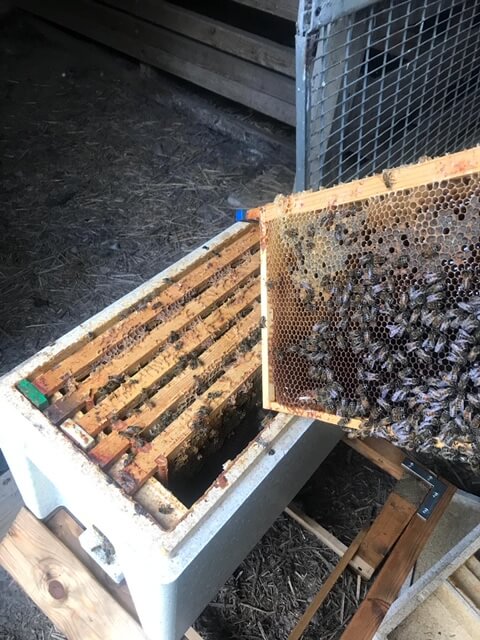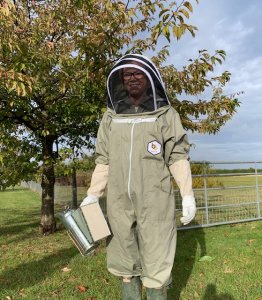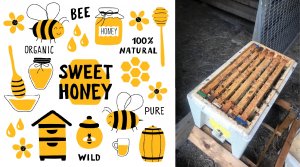We love plants; they’re calming, they improve your décor, and they reduce C02 levels in the home and office. But there are plenty of plants that you wouldn’t want to find in your office at 9 am on a Monday morning. With Halloween fast upon us, this blog will take a look at nature’s finest arboreal warriors. Perhaps you’ll appreciate your office peace lily a little more after seeing these horrors.
10) Cuscuta – Strangle Tare
Often appearing overgrown and tangled, Strangle Tare isn’t harmful to human beings, but it is certainly scary to read about. Occupying a ghost-like role in plant life, the Strangle Tare will leech the life out of its host plant(s), detaching itself from its own roots in order to survive solely on the hard work of other vegetations. Strangle Tare thrives in hot climates, and there are only four species native to Northern Europe.
9) Utricularia – Bladderwort
Everyone has heard of venus fly traps, but did you know about Bladderwort? Bladderwort flowers, like venus fly traps, feed on whatever prey they can catch in their snapdragon-esque maws. You won’t see bladderwort on land though, Bladderwort lives in fresh water, so next time you go wild swimming, remember the carnivorous Bladderwort!
8) Dering Woods – Screaming Wood
Dering Woods sits next to Pluckley, England’s most haunted village, in Kent. Dering and Pluckley purportedly house between twelve and sixteen ghostly residents between them, alongside the 1,069 living people who reside there. However, the trees themselves don’t seem to have any bearing on how this woods came to be a hotspot for the supernatural; if anything, what’s really scary is how its ghoulish reputation has led to its destruction. Campers looking for a thrill descend on the Screaming Wood with hopes of meeting a famous ghost, leaving a trail of litter in their wake. Pluckley village has spent £6,000 on litter clearing, and a further £41,000 has been sunk into trying to protect Dering Woods from future ghost hunters. So if you go down to the woods today, you’d better go with an eco-friendly attitude, the ghosts and residents will both be grateful!
7) Armillaria Solidipes – Humongous Fungus
The colloquially named Humongous Fungus spreads itself in the American underground of Malheur National Forest. A mushroom that transcends millennia, the Humongous Fungus is considered to be somewhere between 1,900 and 8,650 years old and covers an area of 3.7 square miles. If you ever get to see these Oregon woodlands, try not to think too much about the expanse of mushroom growing secretly beneath you.
6) Actaea Pachypoda – White Baneberry, Doll’s Eyes
These creepy berries are aptly named; looking like eyeballs on flesh-red stems, these berries will watch you unceremoniously as you walk through hardwood forests in the USA or Canada. As if they weren’t already unsettling enough, these plants are highly toxic to human beings, causing cardiac arrest or death upon their ingestion.
5) Hydnellum Peckii – Bleeding Tooth Fungus
Mushrooms are already rather odd-looking plants, known for having multiple poisonous variants, but mushrooms can be somewhat charming in the context of being described as fairy houses. The Hydnellum Peckii, by contrast, isn’t going to be considered a suitable home for any fairy. Like its nickname implies, this fungi produces a gross, jammy substance from its pores.
4) Nicotiana Tabacum – Tobacco
All parts of the Tobacco plant are incredibly poisonous, especially its leaves. Even though it’s so poisonous, tobacco continues to be used worldwide, and is estimated to cause more than five million deaths per year. Tobacco might not be visually scary, but it is deadly.
3) Amorphophallus Titanum – Corpse Flower
The Corpse Flower is infamous. It is known for having the largest flower on Earth, but also for emitting the most foul aroma of rotting flesh! The Corpse Flower can reach a whopping three metres in height. The Corpse Flower’s odd aroma is an evolutionary effect which grew to attract carnivorous insects in order to achieve pollination. Even weirder, the Corpse Flower can warm itself up to further resemble dead flesh when attracting flies and dung beetles.
2) Mammillaria Elongata Cristata – Brain Cactus
Just as the name implies, the brain cactus looks freakishly similar to a human organ – the brain. Brain cacti aren’t actually dangerous to humans (aside from the prickly spikes) so you could keep them as indoor office plants if you wanted, but you should first consider the history of how the Brain Cacti develop.
Brain cacti are a type of ‘Cristata’ cacti that form into these brain-esque shapes if they are injured at a young age. Unable to grow past the painful experiences of their youth, the brain cacti grow into a twisted and convoluted shape.
1) Algae Bloom – Red Tide
‘Red sky at night, shepherd’s delight. Red sky in the morning, shepherd’s warning.’ This old saying, was a way for shepherds to predict the next day’s weather. The Red Tide, however, is always an omen of ill portent, irrelevant of what time of day it strikes. Red Tide is toxic algae rising up from the sea floor, which can occur after a particularly bad storm. The Red Tide isn’t especially pleasing to look at, being somewhat reminiscent of the shower scene in Psycho, but what’s more horrifying is the destruction that reveals itself two weeks following: fish and marine life will begin to wash up dead on shores and beaches, having been killed by the toxic algae in their water.
These are the top ten scariest plants in the world. Insect-pollinated plants are good greenery for hay fever and asthma sufferers, but your employees would probably not be too happy if they had to share their workspace with the magnificent Corpse Flower. When looking to choose the perfect indoor office plants, consider getting in contact with Planteria instead.
If you’re looking for more material on scary plants, why not to turn to literature and film?
1) 1907, The Willows, by Algernon Blackwood
2) 1962, The Silent Spring, by Rachel Carson
3) 2000, House of Leaves, by M. Z. Danielewski
4) 2008, The Happening, by M. Night Shyamalan
5) 2011, A Monster Calls, by Patrick Ness
6) 2015 (Uk), The Vegetarian, By Han Kang (translated by Deborah Smith)
7) 2016, The Forest, by Jason Zada

